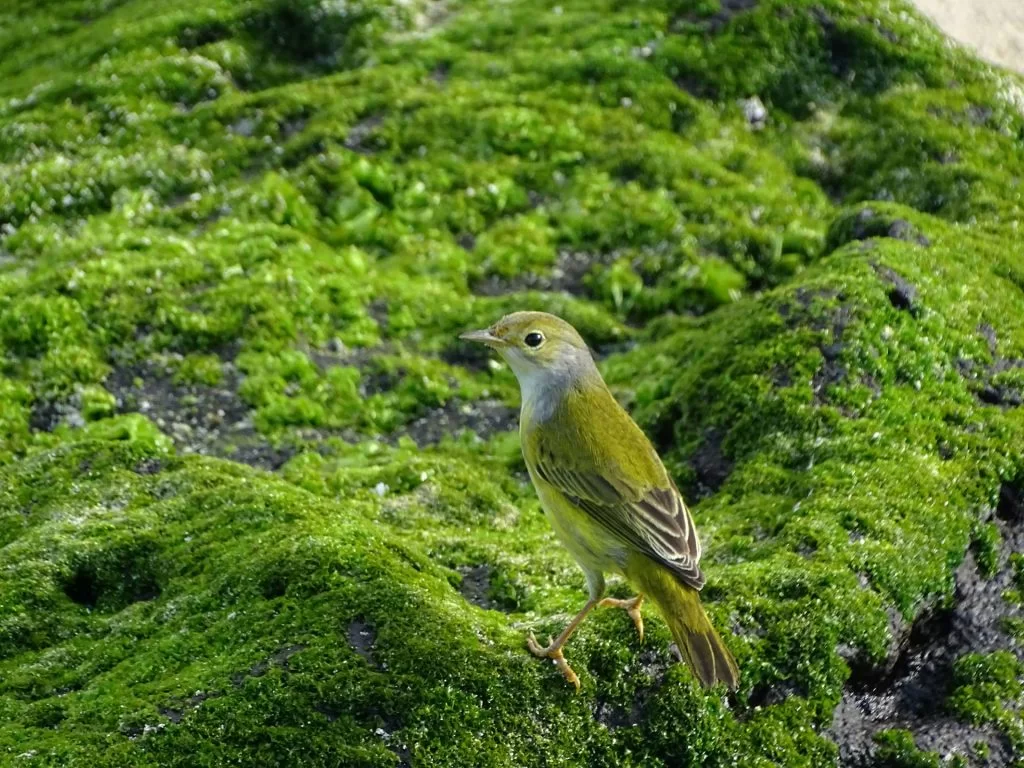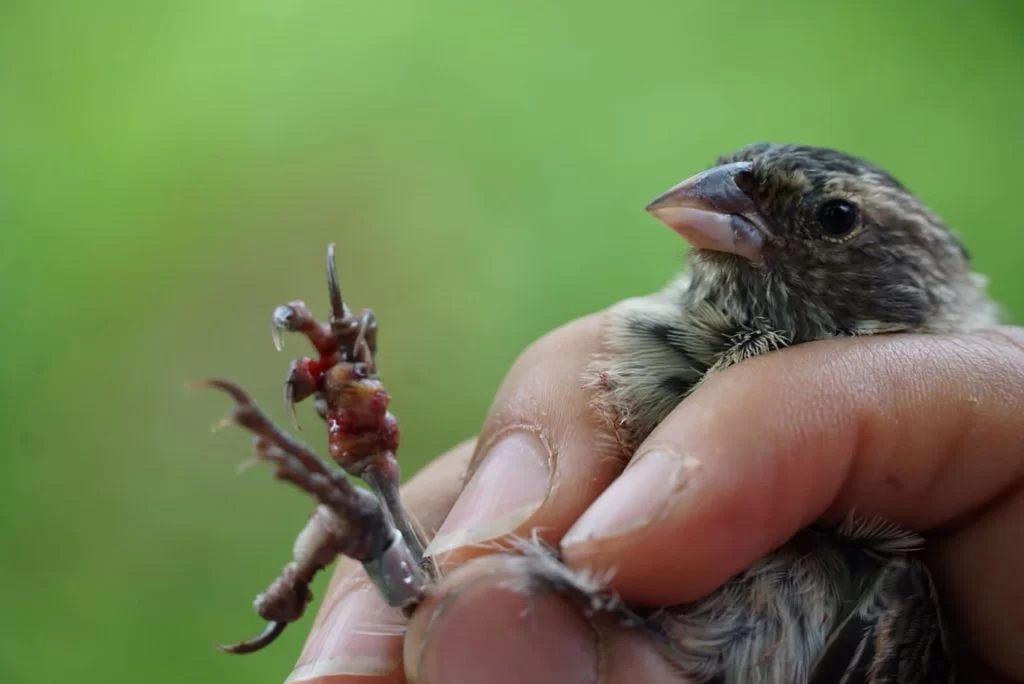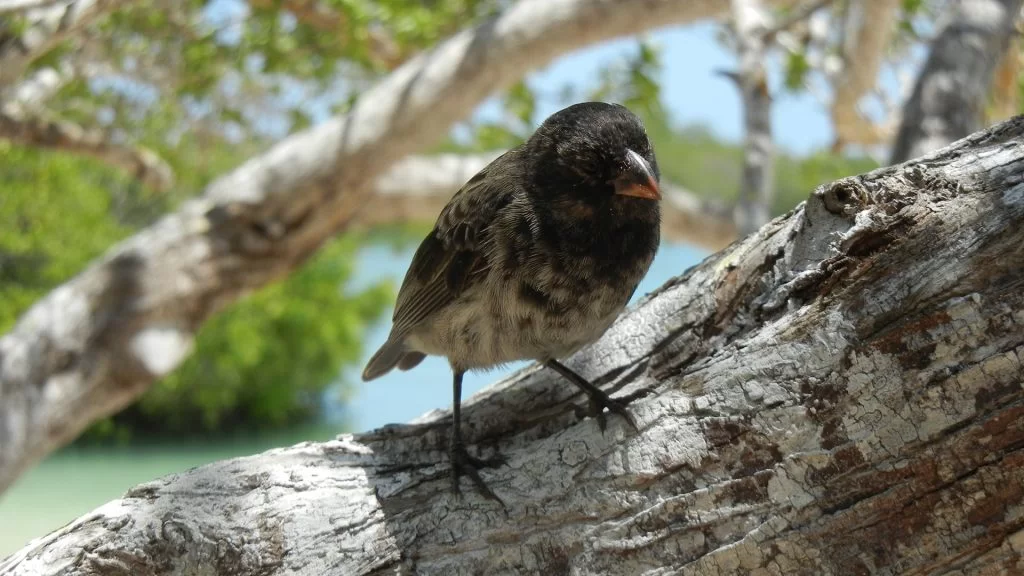The Project
This project achieved a number of significant results, including a comprehensive assessment of introduced predators on Floreana. This research has given us a better understanding of the invasive species that are present on Floreana, more than we had on Santa Cruz. Sonia Kleindorfer of the University of Vienna says that in one year, 2022, at least twice as much introduced rats (Crotophaga anis) and smooth-billed anis were seen on Floreana than in other places, along with a greater population of Galapagos Short-Eared Owls (Asio flameus galapagoensis).
The findings of this research, together with the previous research that revealed a 90 percent failure rate in reproduction among Floreana bird species, provide a baseline for monitoring predator activities. These findings also emphasize the need for effective control measures in order to deal with the abundance of predators on Floreana.
[one_second]
A second striking observation was the presence of yellow warblers on Floreana (Dendroica aureola petechia), even though there had been very little rain and Darwin’s Finch nesting. These birds, which are hardy and have a melodious song, showed active nesting behaviors. They became the primary hosts for the avian vampirism fly (Philornis Downsi), a serious danger to native bird populations. The study, in response to these concerns, promotes specific strategies for eradicating P. downsi. These include dispensers of permethrin treated feathers and insect-growth regulators. These innovative approaches have been particularly effective in dry years. It is also important to note that they can be perfectly timed with the nesting period of yellow warblers which is usually January to February.
Scientist Washington Tapia is our General Director. He stressed that the findings of this study are crucial in guiding conservation efforts. He stated, “We reaffirm that we are committed to supporting research projects which contribute to the conservation and preservation of Galapagos species as well as the ecosystems in which they live.”
Galapagos Conservancy wishes to congratulate the scientists of the University of Vienna for their contributions, which remind us that science can be used as a tool not only to gain knowledge but also in order to ensure the preservation of Galapagos ecosystems.
[/one_second]
[one_second]

In a year of minimal rainfall, the Yellow Warbler emerges as a beacon of resilience, actively nesting and filling the Galápagos with its melodious tunes, despite the looming threat of the avian vampire fly. ©James Gibbs / Galápagos Conservancy
[/one_second]

This Darwin Finch, compromised by the avian vampire fly, symbolizes the pressing
threats native species encounter in the Galápagos. ©Carolina Loyola



